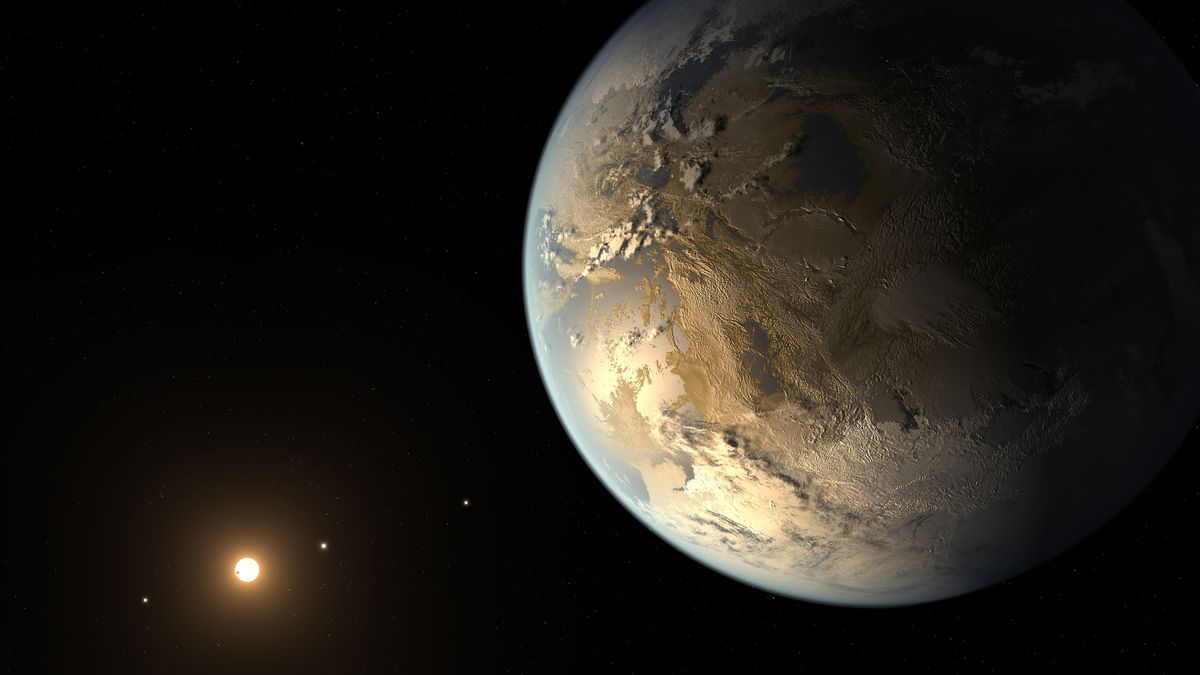It’s a news story 1,280 years in the making. That’s about how many light years from Earth sits KIC 8462852, also known as Tabby’s Star, whose bizarre pattern of dimming and brightening is so unusual that some scientists have theorized its behavior could be accounted for by an alien structure periodically occluding its light source.
“Aliens should always be the very last hypothesis you consider, but this looked like something you would expect an alien civilization to build,” Penn State astronomer Jason Wright told The Atlantic in 2015. The Atlantic published a follow-up asking whether the “megastructure” in question could be a “Dyson Sphere,” a large array designed to absorb massive amounts of solar energy from Tabby’s star, an idea that appears in several popular science fiction novels. Wright’s statement and the buzz around it prompted a small backlash from critics (myself included) who considered the assumption that one would “expect” alien societies to emulate Western science-fiction novels to be a bit anthropomorphic.
But back to Tabby’s star: A periodically-dimming star is not an unusual occurrence in the universe. From our Earthly perspective, a star may suddenly dim for many reasons: if it is in a binary or trinary system, its companion star may briefly eclipse it from our perspective, temporarily reducing the amount of light reaching us. Some stars, such as Cepheid variables, periodically brighten and dim at regular intervals as the stellar atmosphere pressure builds and releases. Others still may dim very slightly when planets pass them from our perspective.
Yet Tabby’s star fits no known model. The star rose to prominence for being inexplicable to science after its brightness suddenly dipped 20 percent within the span of a day. For reference, a planetary transit across a star generally causes a dip of less than 1 percent. Such a drastic dip implied that whatever was crossing the path of Tabby’s star was big—really big. In fact, in order to account for a 20 percent dip in brightness, the transiting object orbiting Tabby’s star would have to be around 5 times the radius of our sun, according to Columbia University astronomy professor David Kipping.
This past weekend, on May 19, the light curve from Tabby’s star dipped another 3 percent in the span of a day, before returning back to regular brightness. Take a look at the graph of the star’s flux from Penn State astronomer Jason Wright:
What’s exciting about this latest data from Tabby’s star is that it hints that there may be some periodicity to its dips in brightness—around 750 days, according to Dr. Kipping. Such a pattern, of course, may help astronomers understand just what is causing the dips in brightness in Tabby’s star.

Shares